The Lomography Zenit 20mm f5.6 New Russar+ is a remake of a 1960’s Russian lens known as the Russar MR-2. As an ultra-wide it will hold a certain attraction to folks with a penchant for such things, but it’s quite slow, it has a reputation as a lens with a bit of a character, and it’s more expensive than faster “better” all round optical-quality lenses from the likes of Voigtlander. So what’s the attraction…?
A bit of background
Toward the end of last year I had the pleasure of discovering the joys of the Lomo LC-Wide – a camera that through its questionable optics, slightly shoddy viewfinder and simple controls helped me discover an approach to photography that I had previously dismissed. That approach was the – dare I say – haphazard approach promoted by Lomography and the crowd that surround them.
I came to this realisation through the experience of reacting to the way the Lomo LC-Wide encouraged me to shoot. It’s basic controls limited my ability to think and it’s crap viewfinder limited my desire to frame with a viewfinder. The results – thanks also to the slightly poor lens – were, well, haphazard. But, they were also quite good! Not good in the conventional sense of lacking distortion and being perfectly sharp etc, but good in the sense that aesthetically I found them pleasing. Harnessing the wide angle lens and some slightly more unconventional shooting angles I’d also managed to achieve some interesting (to me at least) perspectives that I’m not sure I would have found shooting something more conventional.
The realisation that I had the capacity to both really enjoy wide angle photography with a slightly more characterful lens, as well as being able to produce images that I was very happy with seeded the idea that I should find myself an ultra-wide lens for my Leica cameras that would give me similar (though perhaps slightly better) results.
This process had been a touch derailed as my recent obsession with Sonnar lenses. But having mentioned to Hannah at Lomography Uk a fair few times that I wouldn’t mind having a go with a Lomography Zenit 20mm f/5.6 Russar+ for the purpose of a review, a few months ago she got in touch to say that the opportunity had finally floated to the surface. For this sort of opportunity, I was quite happy to sideline the Sonnar lenses for a while.
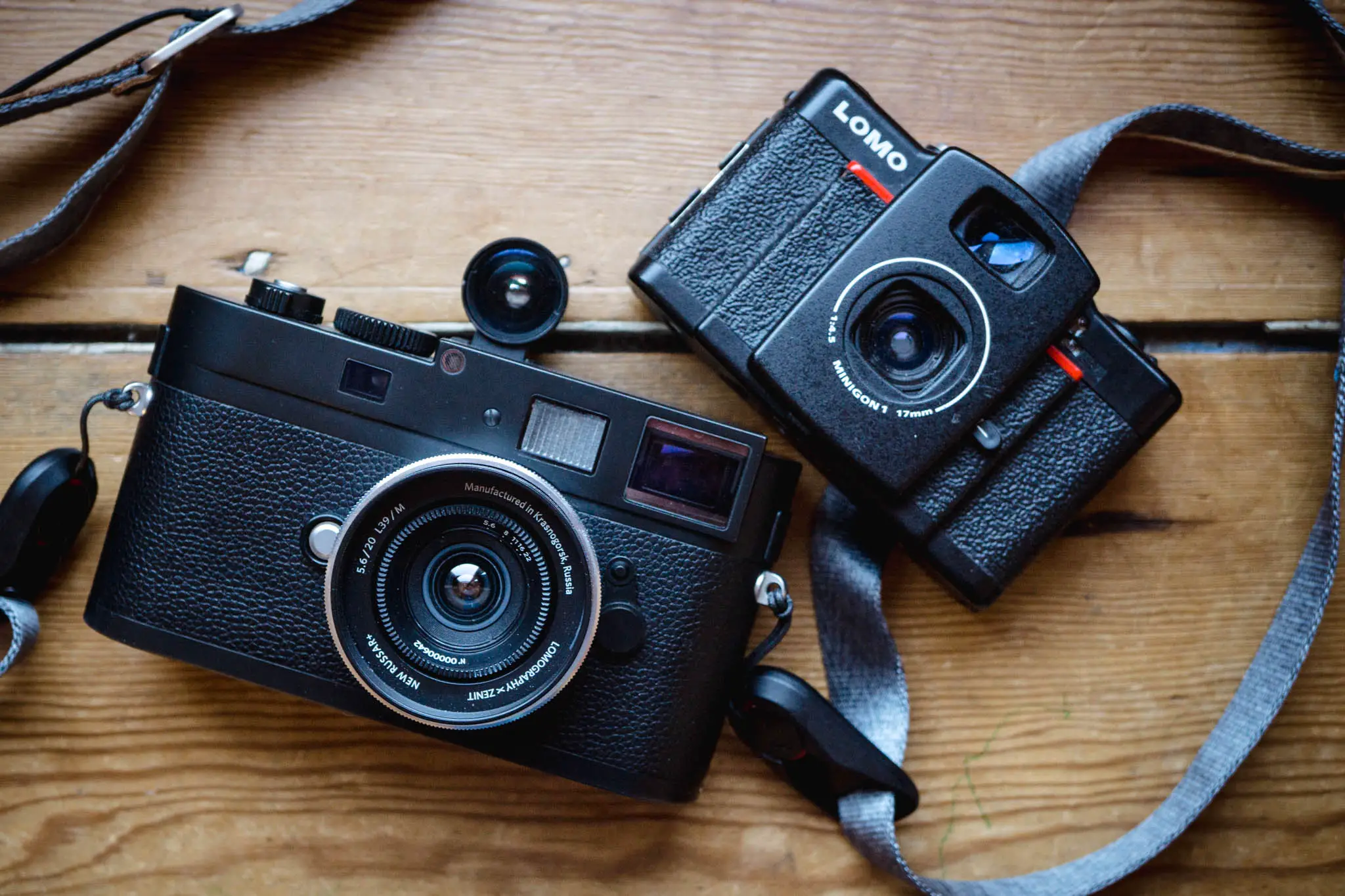
Background to the 20mm Russar
Like Lomography & Zenit’s new Jupiter-3+ (which I previously reviewed here) the 20mm Russar+ is based on a Russian lens design that dates back some years. Unlike the Jupiter-3+ which was based on a Zeiss Sonnar design, the Russar is supposedly of Russian origin. If you can cope with the odd text formatting and either speak Italian or are happy with the slightly confused nature of google translate, this page here is probably the best source of information about the original 20mm Russar. It has info about the history, optical formula diagrams. It’s also very interesting, and saves me a job of talking too much about it here. Lomography’s own microsite is also pretty useful for both history and info about the modern incarnation of the lens too.
The difference between the Russar mr-2 and New Russar+
My main reason for rummaging through these various sources of information was to determine what the newer version brings to the table over the old. Lomography claim “significant design improvements”, which might strike as quite strong words considering it appears that all they’ve changed is the material the lens is made out of from aluminium to brass, updated the lens coatings and change the design of the rear part of lens slightly to make it compatible with more different digital cameras…
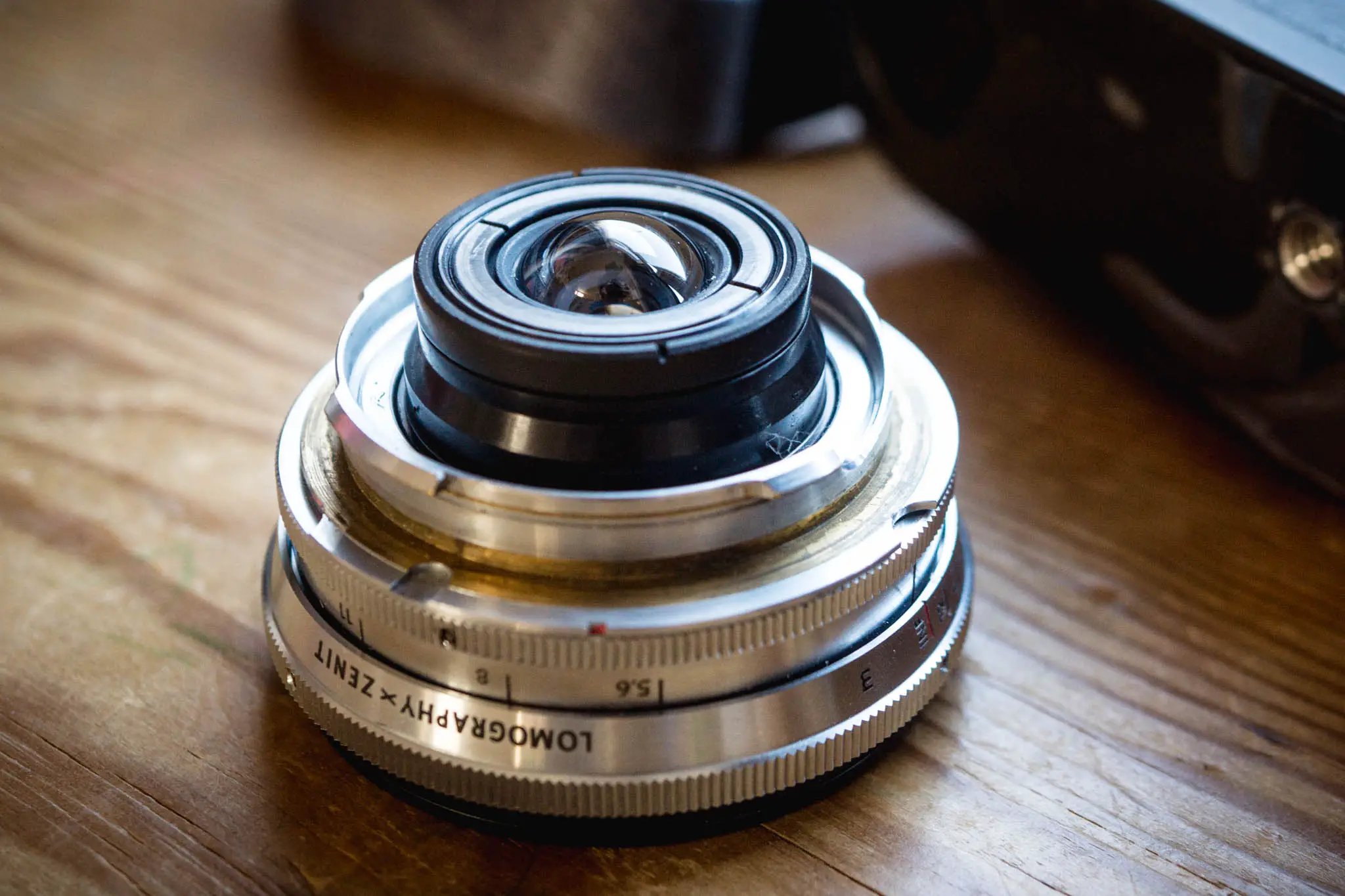
In fact, if I hadn’t recently tried a 1960’s Jupiter-3 and compared the experience and results with those I previously achieved with the New Jupiter-3+ lens I might have been a little more dismissive of these “improvements”. But, it’s fair to say that the modern Jupiter-3+ was of both better build, and much better optical quality than the older lens. As such, even before getting my hands on the 20mm Russar+, I would now be inclined to believe that Lomography & Zenit have brought similar improvements to the table.
Worth the cash?
Whether or not you feel that these improvements, and the reduction in risks of purchase they bring are worth the now quite slight premium cost over buying a vintage lens is going to entirely come down to the sort of person you are and the desires you have for shooting a lens like this. As I conclude in the new Jupiter-3+ review, I think it comes down to certainty around the look the lens helps produce. If you are dead set on a ~20mm lens and you really like the look this lens produces buying a new lens with greater assurance that it’s less likely to fail or cause you problems is probably quite wise. On the other hand, if you just want to experiment a bit and are unsure about the lenses character, the older version of the lens is possibly a more sensible purchase – especially if you can find one at a bargain price.
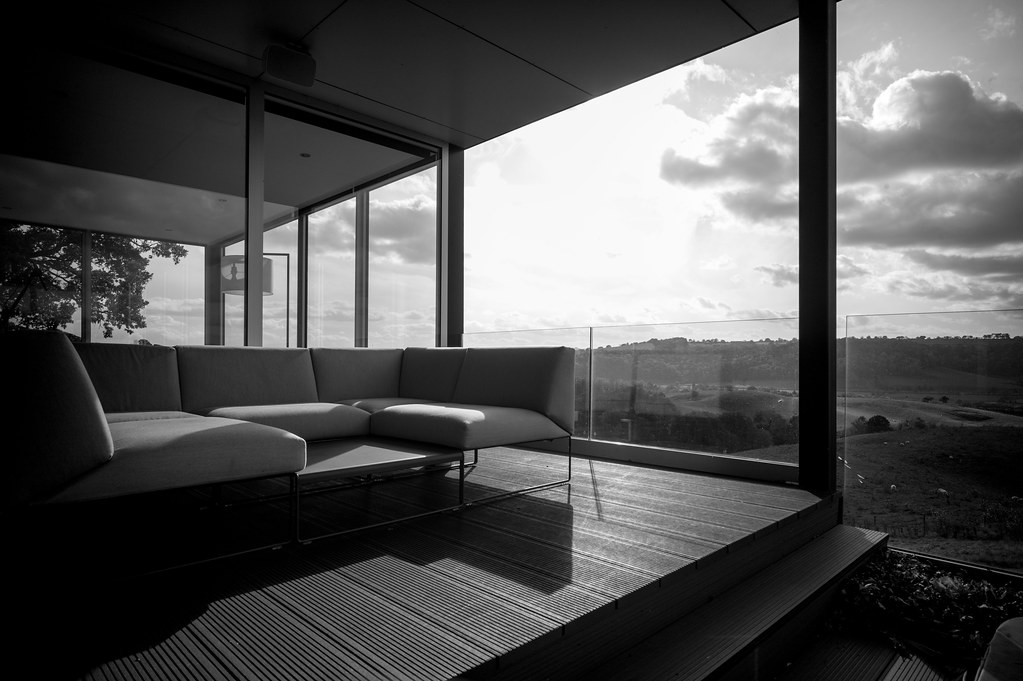
I will say this though, don’t be under any illusions that these modern lens remakes are of the same quality of build as some of the cheaper Lomography gear. I read a post on a forum somewhere the other day where someone was casting aspersions about these lenses effectively comparing them to the plastic toy cameras (the Diana etc) that Lomography are perhaps more well known for. This surprised me a little, as – though I do think Lomography have a bit of an uphill struggle with their brand and this sort of higher end gear – I also think it’s pretty obvious that a brass built lens is not going to be of the same build quality as a plastic-fantastic toy. Let me also reassure you that based on my experiences, this assertion is very much born out when you handle the different products that Lomography put their name to. That being said, unfortunately it wasn’t 100% plain sailing when I got my hands on this lens…
Hands on with 20mm Russar+
When I first unpacked the 20mm Russar+ from its box I noticed a little bit of play in the focusing ring. It just felt like it’d had a bit of a hard life. Initially I was a little disappointed, I’ve read a few reviews about these lenses and one thing that’a always and quite specifically commented upon is how nicely built they are.
After a day or so with it, I was sat on the sofa inspecting it and noticed it had a series of three grub screws around the outside of the focusing ring. This is exactly the same on the Jupiter lenses I’ve been playing with lately, and indeed the 7Artisans 50mm f/1.1. If there’s a bit of play in the rings in the Jupiter’s aperture, you tighten the screws, and it goes away. I got out my little screw driver and tightened the first screw I came to, which just so happened to feel slightly unscrewed. After tightening it, the focusing ring locked in place and just like on a Jupiter lens, all the play was gone. I checked the other screws, but they were all fine.
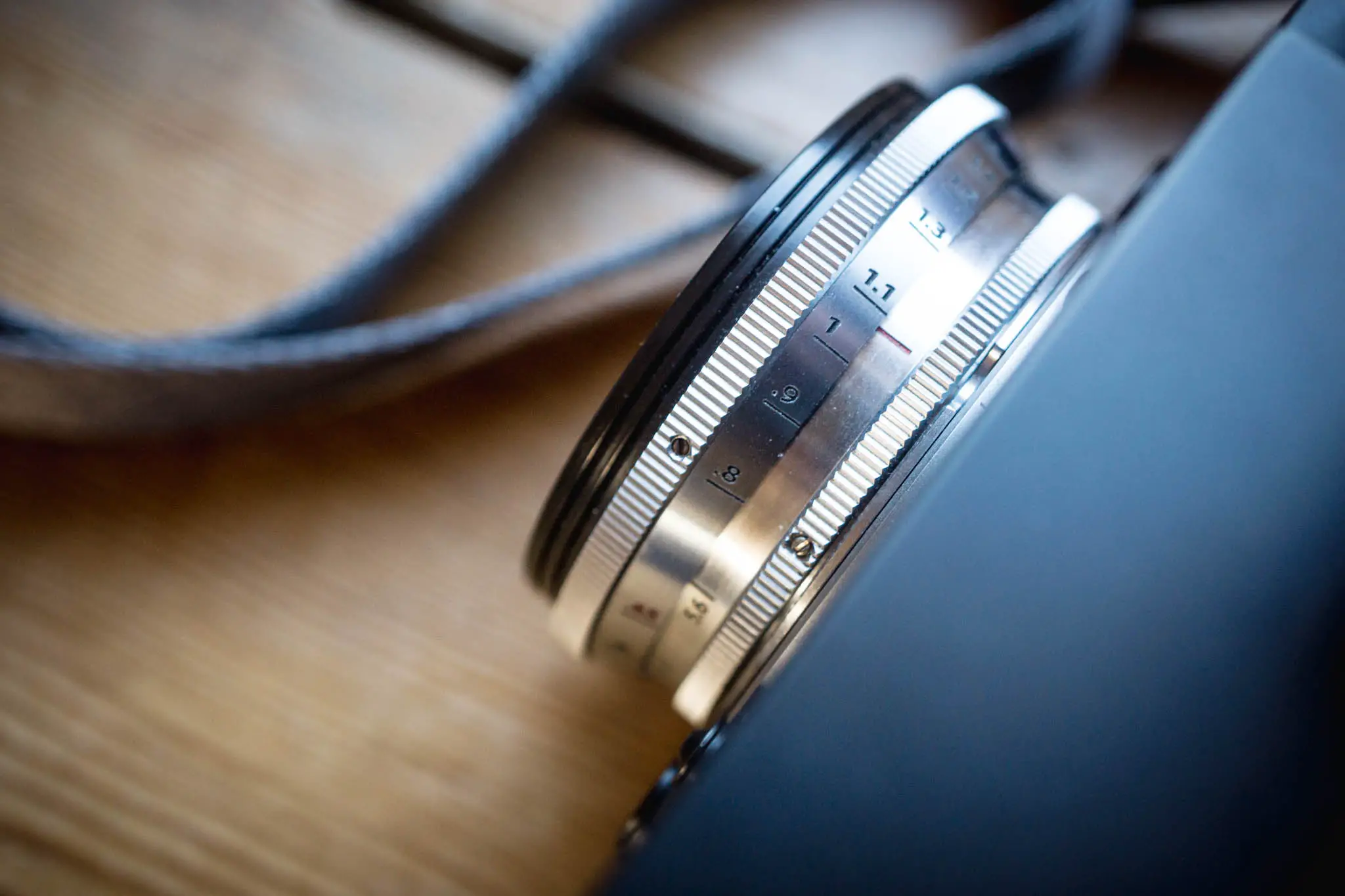
To be fair, this lens is a demo model – it probably gets played with by stacks of people at shows, and is no doubt on display in the shop in London. It’s also probably the case that there isn’t anyone where it usually lives who would use it enough to notice – the play was only very slight. That all said, it did make me consider the build quality of the lens as a whole, and at least momentarily it also made me question my aforementioned personal positive feeling about Lomography’s remake lenses over some of their toy cameras.
Given further thought, I’ve come to the conclusion that it’s no big deal. It is a minor design flaw – an inherited one at that – which creates a possibility for these little grub screws to come undone given enough time and handling. Its perhaps not ideal, but if you have one and you notice any play in the focussing control, just get yourself a set of tiny screwdrivers and tighten those screws. If you’re really worried I tiny dot of nail polish will hold them in place too.
Other than that – and especially once I had tightened the screw – the 20mm Russar+ feels really nice to use. The focusing is incredibly smooth, near as silky as any lens I own I’d say – and that’s no exaggeration. I do wonder if the smoothness of its focusing is in part down to the way it focuses. When you rotate the focusing ring, it doesn’t move back and forth like most rangefinder lenses. Instead, it’s the inner part of the lens that moves. There’s no advantage to this in terms of handling – short of my passing speculation that it makes the focusing mechanism smooth – though it does somehow make the lens feel solid and well made.
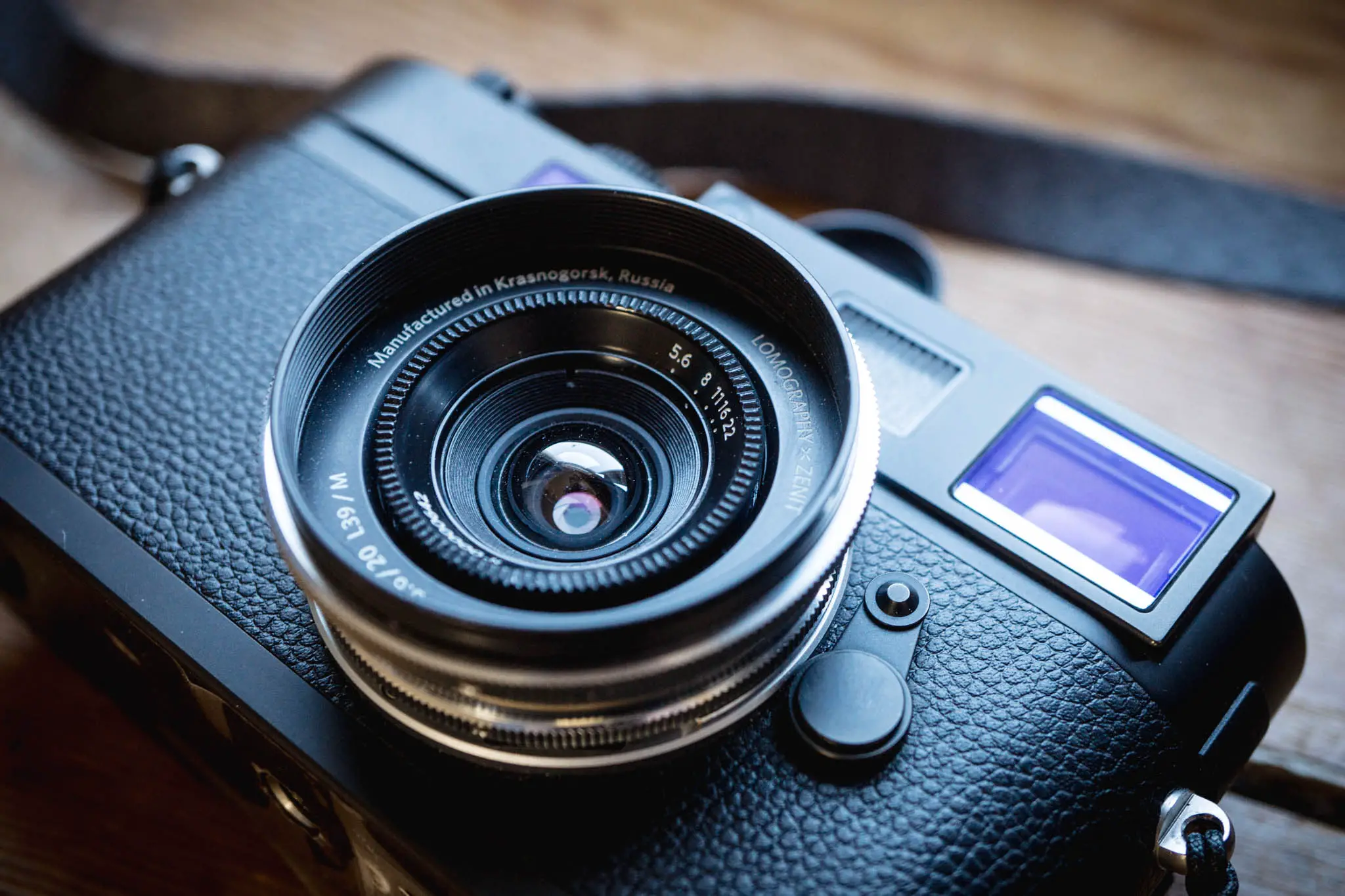
I must admit, the aperture is a bit less ideal. When you do want to change it, you have to rotate the front of the inner part of the lens. This is a little annoying, but since it’s just part of what keeps the lenses profile nice and short, I feel like I can forgive it that too. I’ve also not really found myself changing the aperture that much…
Shooting the 20mm Russar+
The most obvious limitation that the 20mm Russar+ brings to the table is possibly it’s f/5.6 maximum aperture. That being said, just as I enjoyed the limitations the 16mm f/8 Hologon imposed on me, I found myself enjoying being limited here too.
Since it’s such a wide angle, and since it’s widest aperture is f/5.6, I’ve barely found a need to change the set aperture. Pretty much every photo I’ve taken with it has been at f/8, or f/5.6 if I’ve really needed it. The mindset of shooting a lens like this is one of that really, it’s only useful for shooting in daylight, or I suppose with a tripod. As such, the limitation of the maximum aperture hasn’t really bothered me at all. Of course, if you’re looking for a lens to use handheld in low light, then you’re probably barking up the wrong tree here, but that’s likely to be fairly obvious.
One really nice feature of the 20mm Russar+ is the distance markings on the lens. I found A couple of the most useful distances are marked in red. The marking at 2.5m gives a depth of field that spans from 0.9m to past infinity at f/8 – for a large part of my photography with this lens, I’ve just set it at 2.8m and just snapped away. There is also a marking a 0.65m – at f/5.6 this gives a zone of focus from 0.5m (the closest focus distance) to 1m, so is great for set and forget close range shooting.
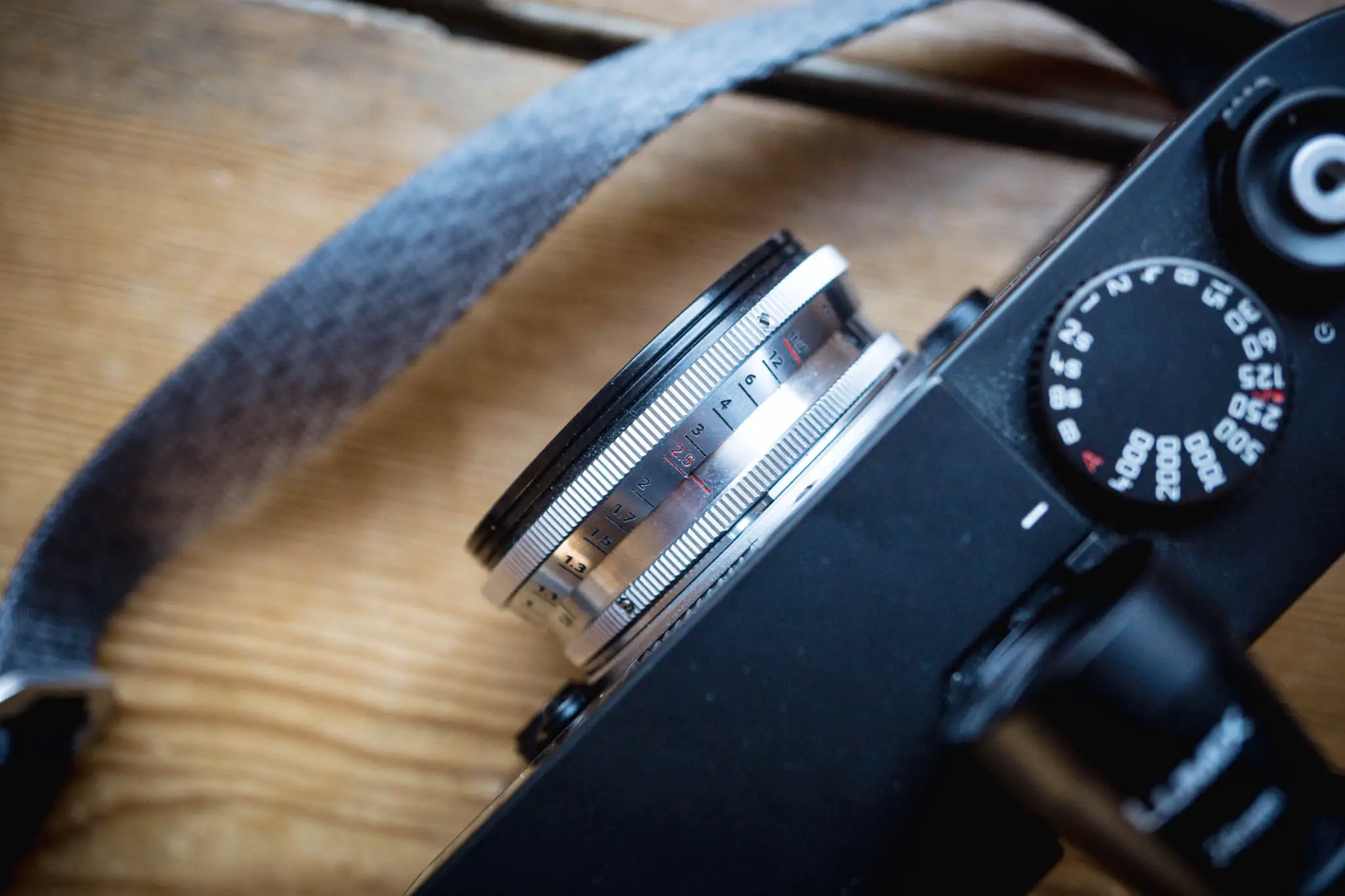
In use issues
Whilst the aperture limitation is only an issue to those wishing to shoot outside of what this lens is arguably designed for, there are a couple of issues that I think will bother more people.
Balance
This balance issue comes up when using any low profile lens on a Leica Camera. When a Leica camera is hanging around your neck with low profile lens attached – thanks to the strap lugs on being mounted toward the front of the camera – the camera has a habit of interacting with your clothes and tilting backward to look up at you. This is a minor frustration more than an issue I suppose, and since it’s not limited to this lens, it’s unfair to be too critical – especially as there are gains in terms of how much smaller the camera is with a lens like this attached. This problem is less of an issue if you don’t have a viewfinder attached. By attaching an accessory viewfinder, you give the top of the camera something extra to snag on your clothes.
The lack of included viewfinder
Of course, this is potentially less of an issue due to the fact that the 20mm Russar isn’t supplied with an accessory viewfinder. Personally I don’t really have to much of a problem shooting wide angle lenses with poorly matched viewfinders, or indeed no viewfinder at all – poorly matched finders are pretty much a consistent part of rangefinder photography anyway. That said, if you don’t have a viewfinder you can use, you’re intending on shooting with a rangefinder, and you do prefer shooting with at least some sort of finder, it’s worth noting that you might need to seek out a third party one. Which could be very expensive seeing as it’s a 20mm.
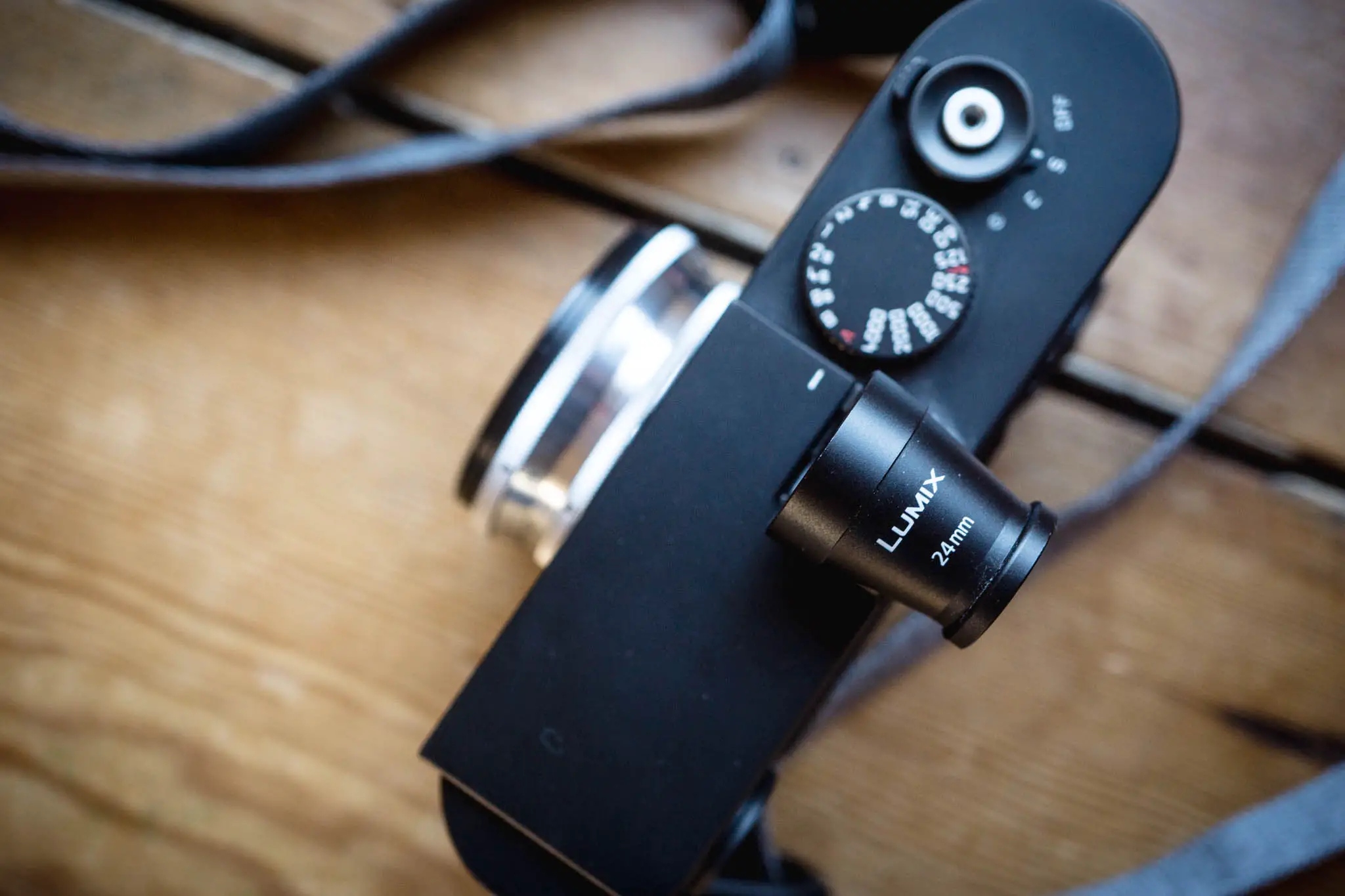
To aid my framing, I just used a 24mm finder I had kicking around – far from perfect of course, but it does the job to give a rough idea. The only time I found it frustrating was when I was shooting architecture and felt that something a little more accurate to the frame would have helped me. Of course, none of this is an issue if you intend to use this lens with a digital camera, but, that’s not without its associated issues either.
Image quality
Shooting digital with a lens like this is bound to throw up some wobbles when compared to film. Bearing in mind when this lens was designed, it’s easy to understand that it might not be perfectly compatible with digital cameras. This incompatibility is most notable in the corners, especially when shot wide open.
Sharpness fall off
At f/5.6 on the Monochrom sharpness falls away a little into the corners. On my Sony cameras I found it to fall off a lot quicker. This isn’t to say that it’s not slightly softer in the corners when shooting film, but shooting digital definitely emphasises the issues.
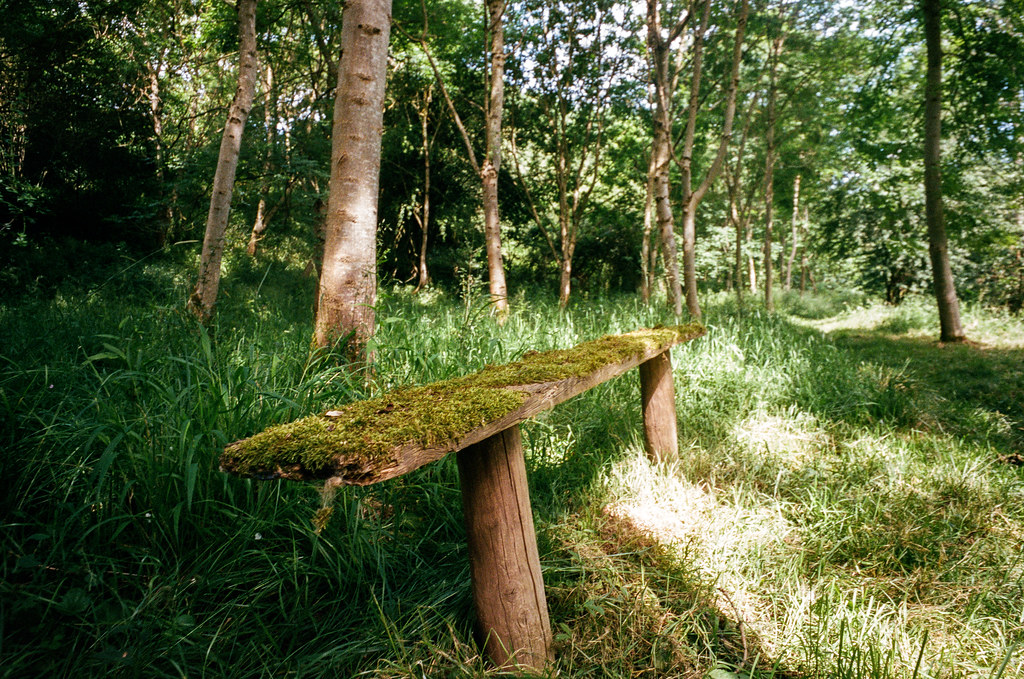
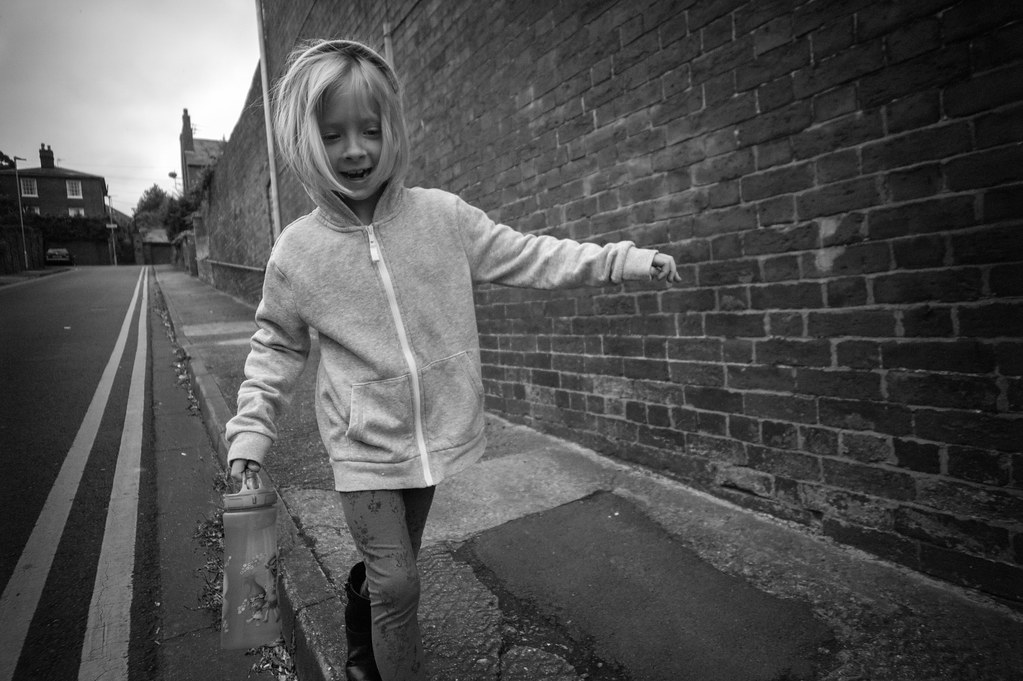
On the Monochrom and when shooting film I found the sharpness fall off issue is all but done with by f/8 – as you can see this next image, sharpness is pretty good right into the corners.
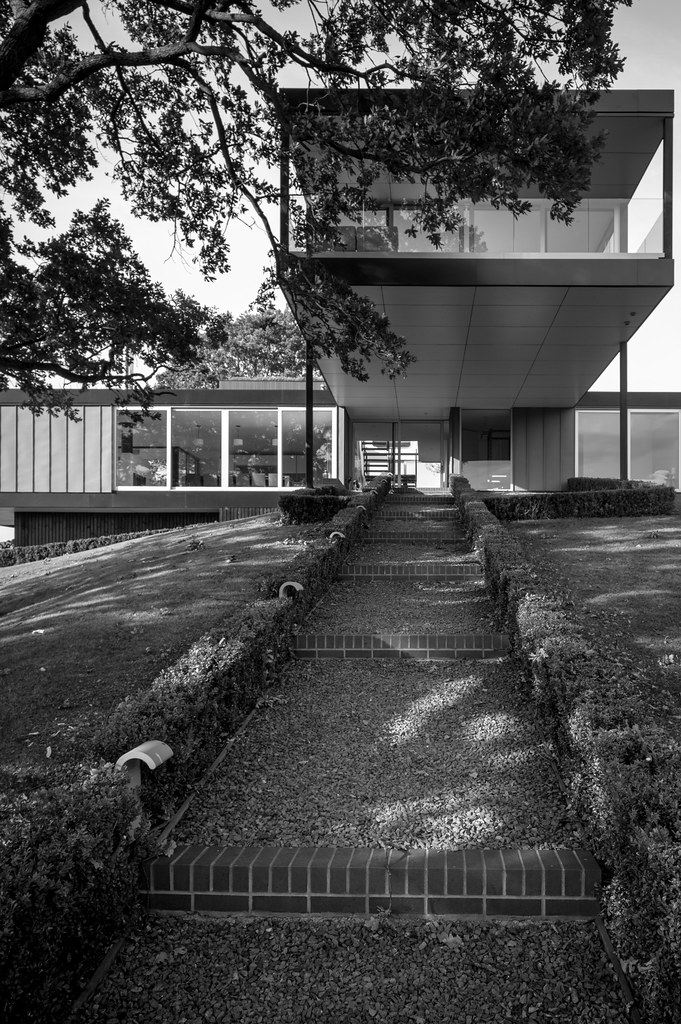
It’s probably worth noting that on digital cameras the 20mm Russar+ suffers from colour shifts toward the edges too. Even with the Leica M9 which is reputedly one of the better digital Leicas for not causing colour shift in the corners, I couldn’t find a lens profile that would solve the colour shift issue. This is without a profile:
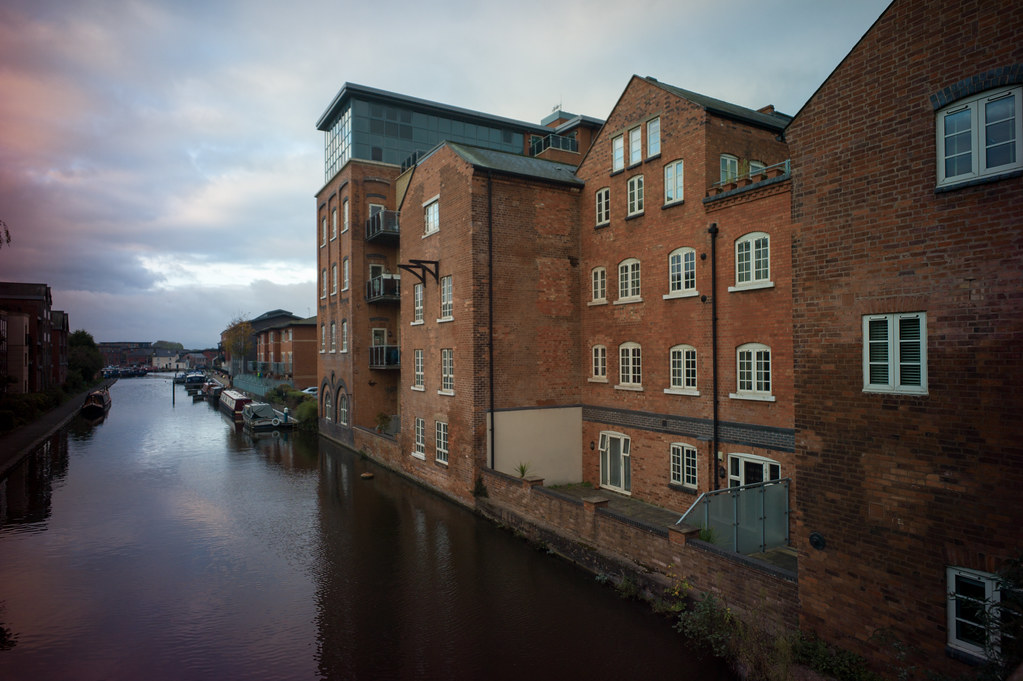
The solution to this, as noted on Lomography’s website is to use corner correction software. Though personally, I was happier resigning myself to the idea that if I wanted to shoot digital, I should use the Monochrom or just convert to black & white.
Flare
Corner issues are the only objective flaw. The 20mm Russar+ flares, and when it flares, it really flares. This seems to be pretty much unavoidable.
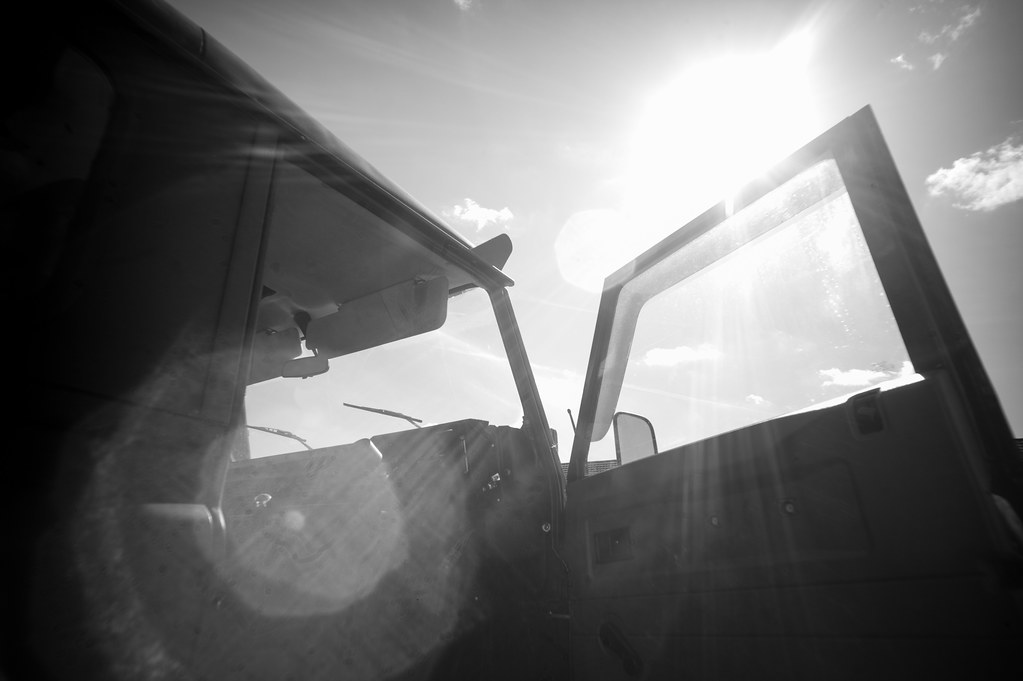
This being the case, I’d argue that if your intention is to avoid such flare, the 20mm Russar+ probably isn’t the lens for you. What’s nice about the flare this lens creates is that it’s relatively simple, consistent and predictable in the way that it shows itself. As such, it’s quite easy to take advantage of it as part of your creative process. Just don’t expect it to go easy on you in basically any situation where the sun is in or nearly in frame.
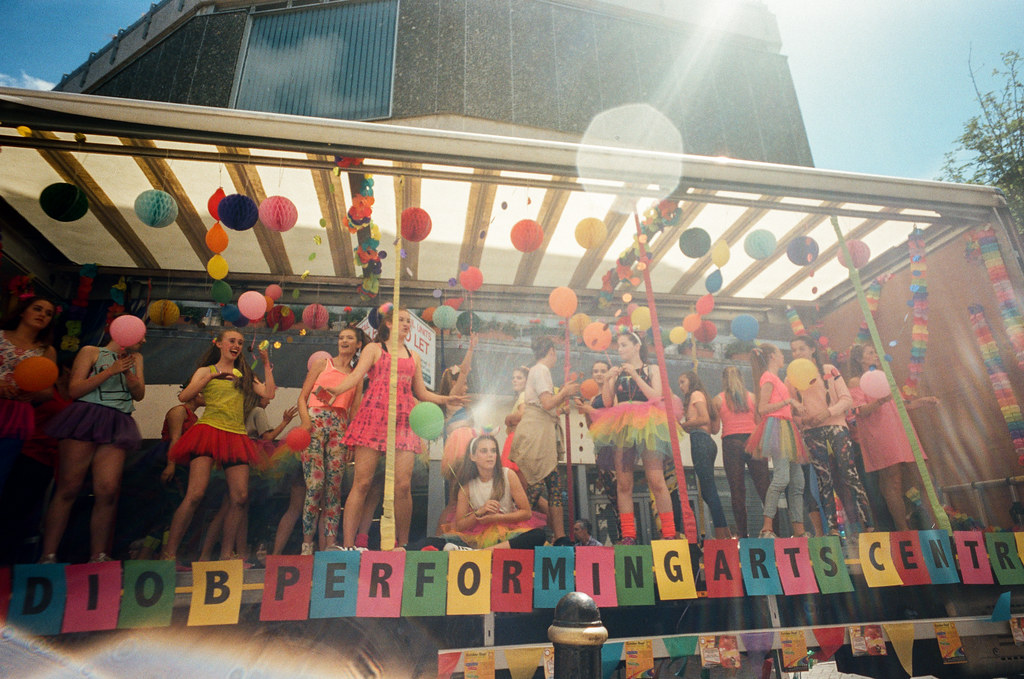
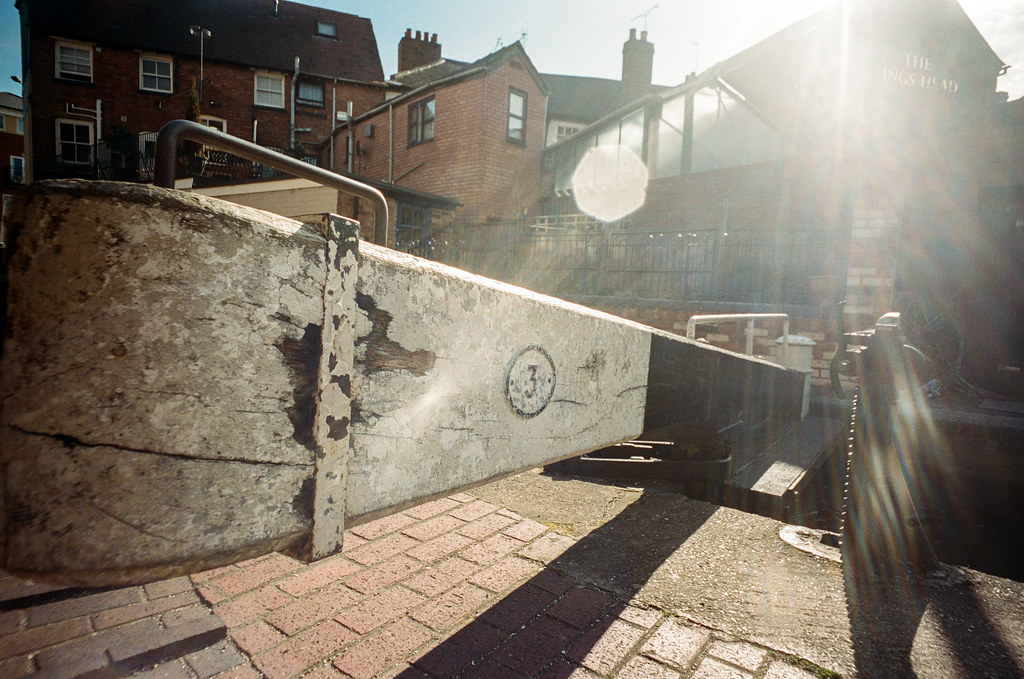
Vignetting
Vignetting is also a strong feature in the 20mm Russar’s character. On film it’s there, on digital it’s really very there. But again, as with the flare, this is a character trait that many – myself included – are happy to take advantage of.
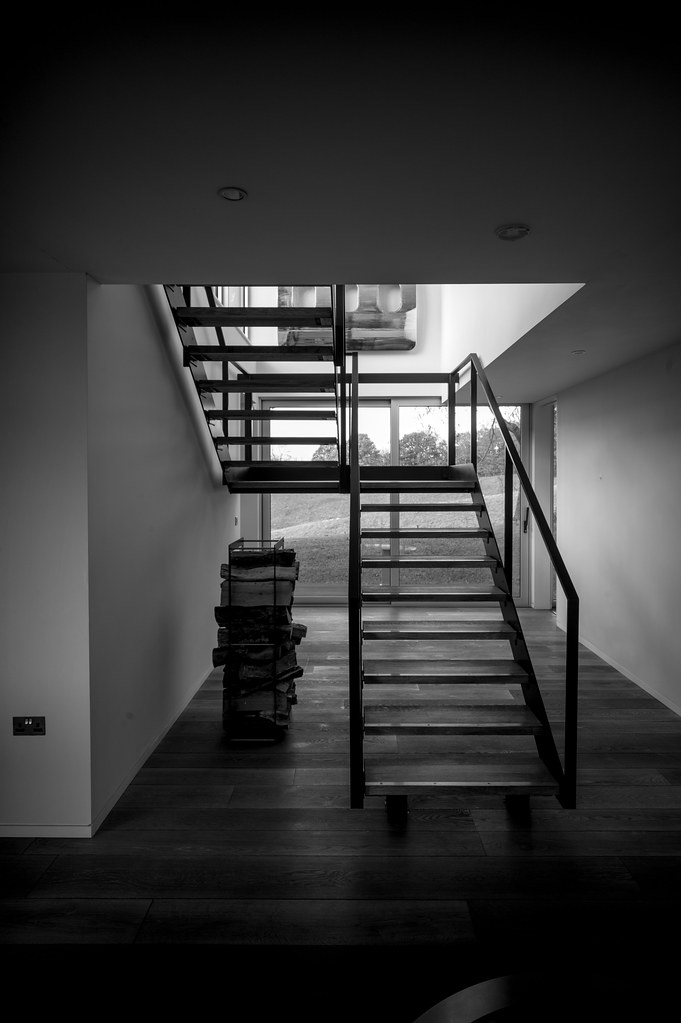
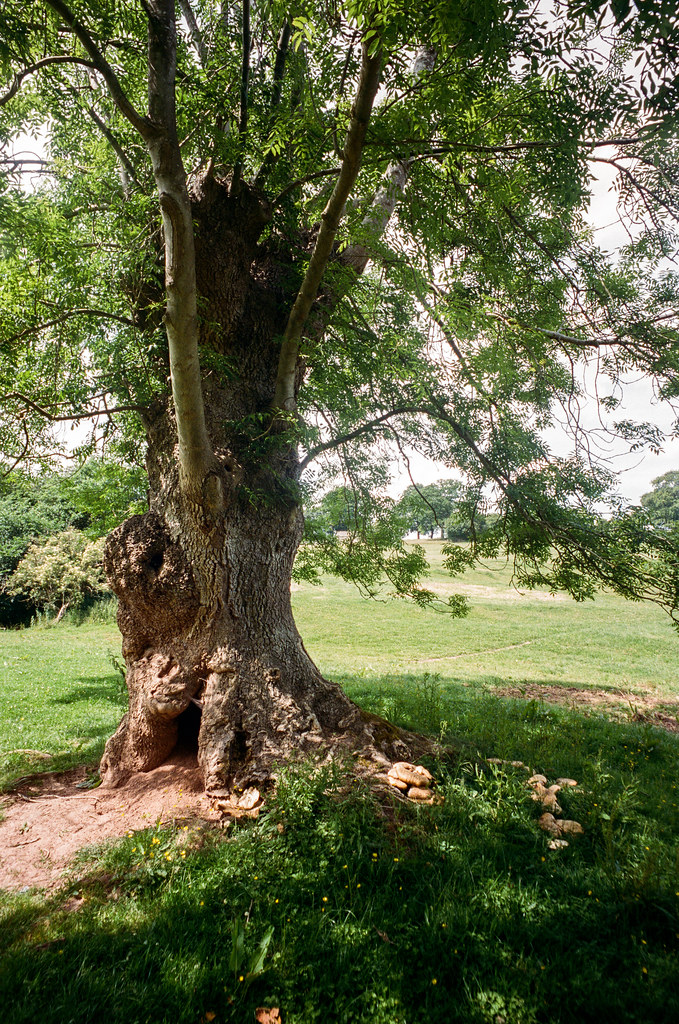
Contrast & Resolution
When the sun isn’t in the frame, it’s quite nicely contrasty. Obviously we aren’t talking Zeiss level contrast here, but it’s a fair amount less “vintage” in its rendering than I might have expected. I suspect this is due to the modern coatings.
At f/5.6 is where it has its strongest, slightly lower lens contrast, slightly vintage feel – but stop down and it seems to tighten up nicely. In all honestly, I only really found a noticeable difference when I was shooting digital; shooting film it felt more consistent.
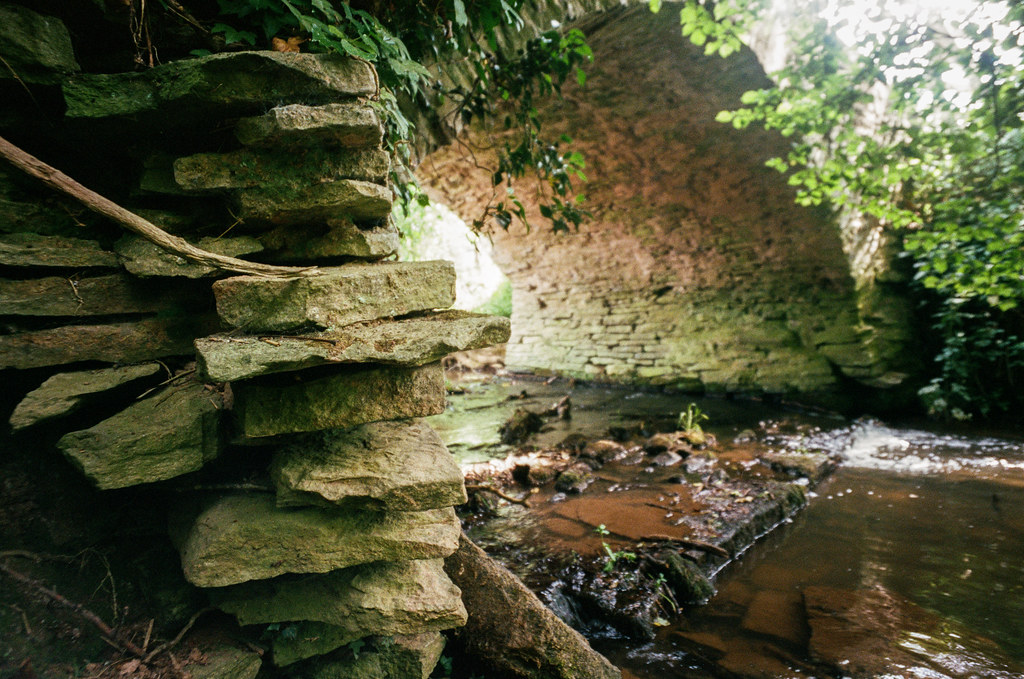
It also seems to resolve well. Mounting it on my Monochrom which has a brutally sharp sensor I was expecting to see it fall over, but actually, this wasn’t the case.
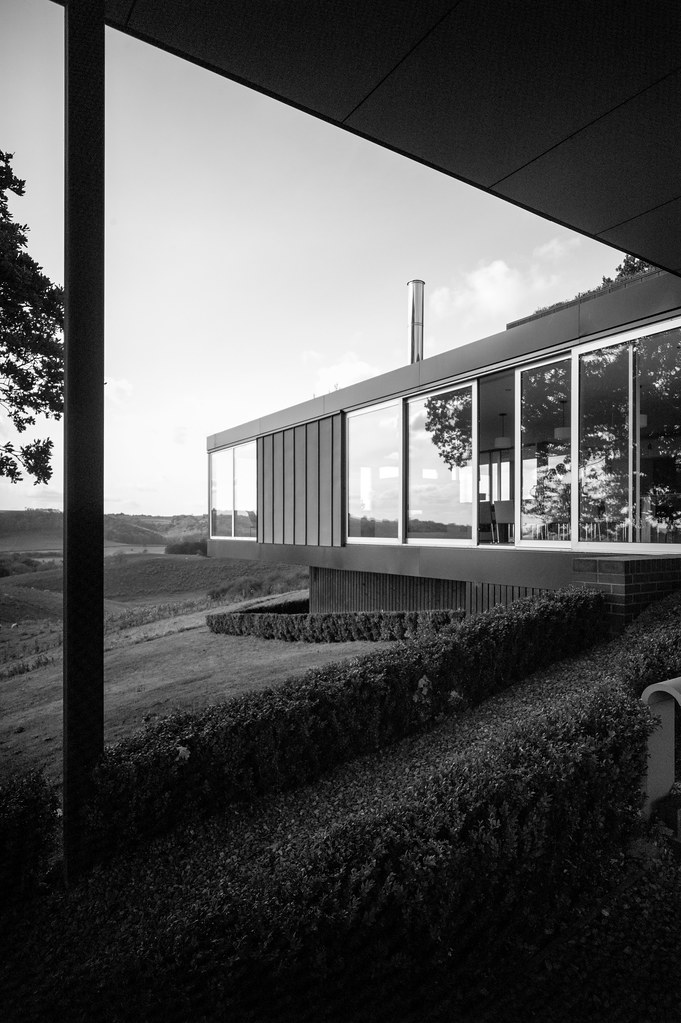
A couple more photos
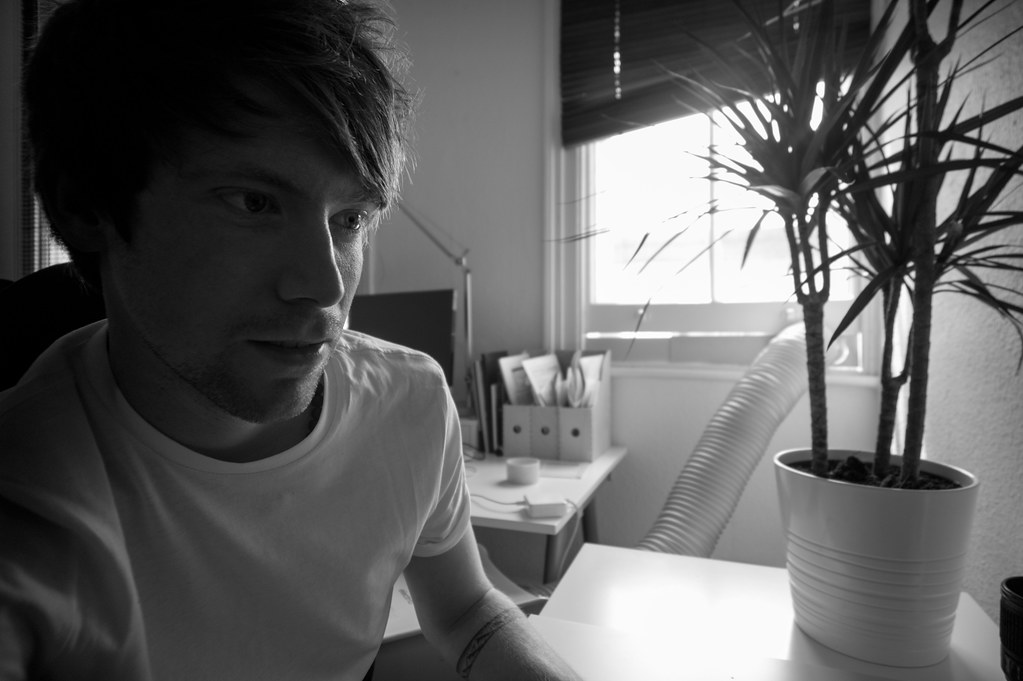
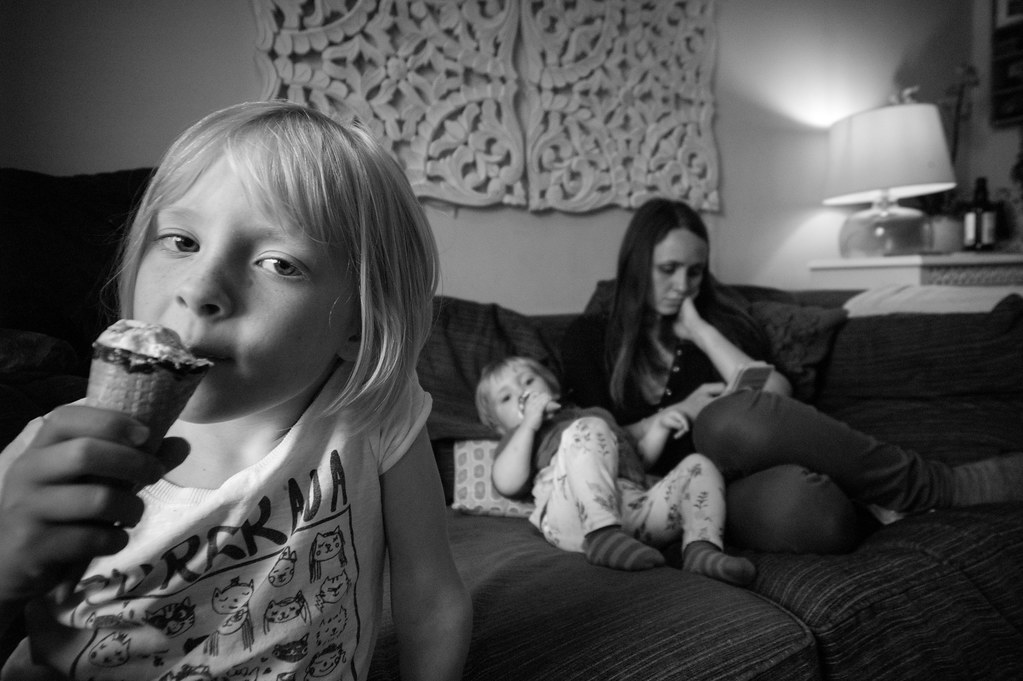
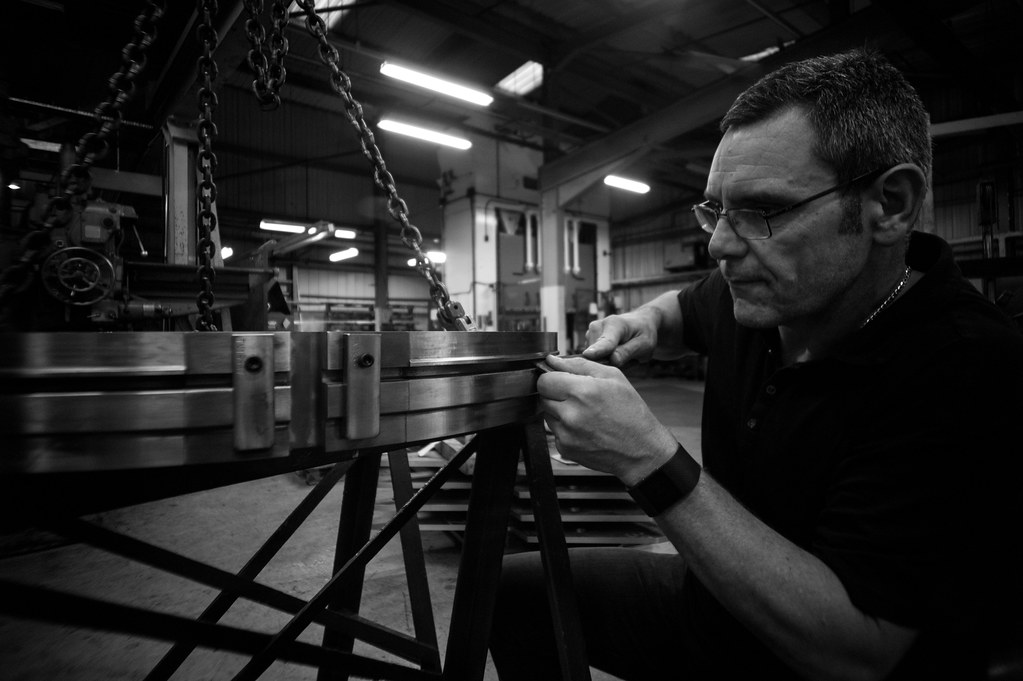
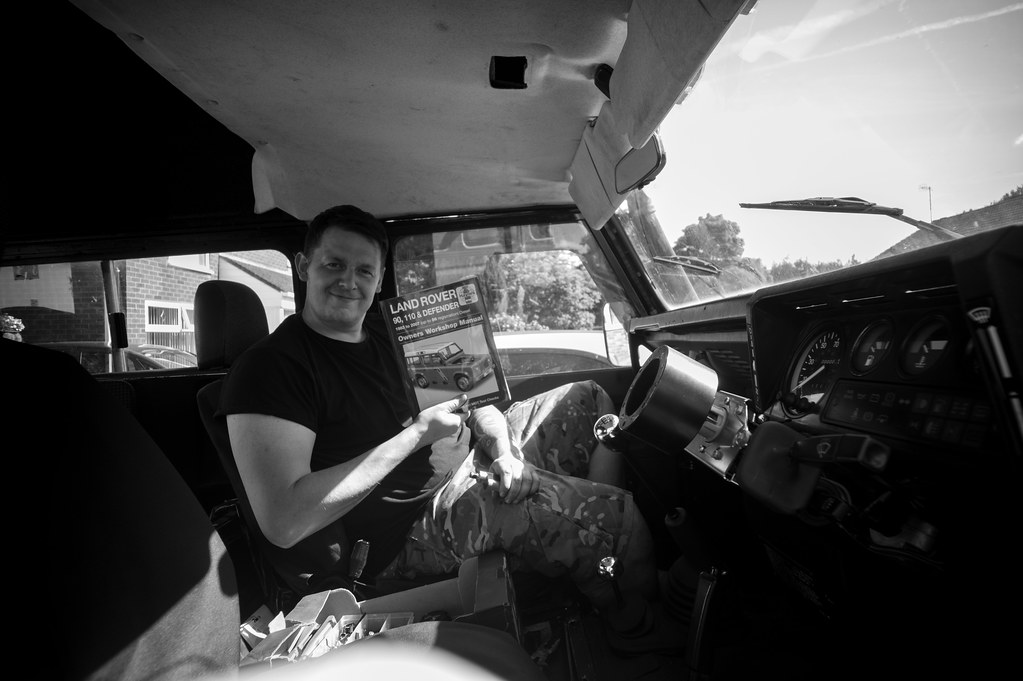
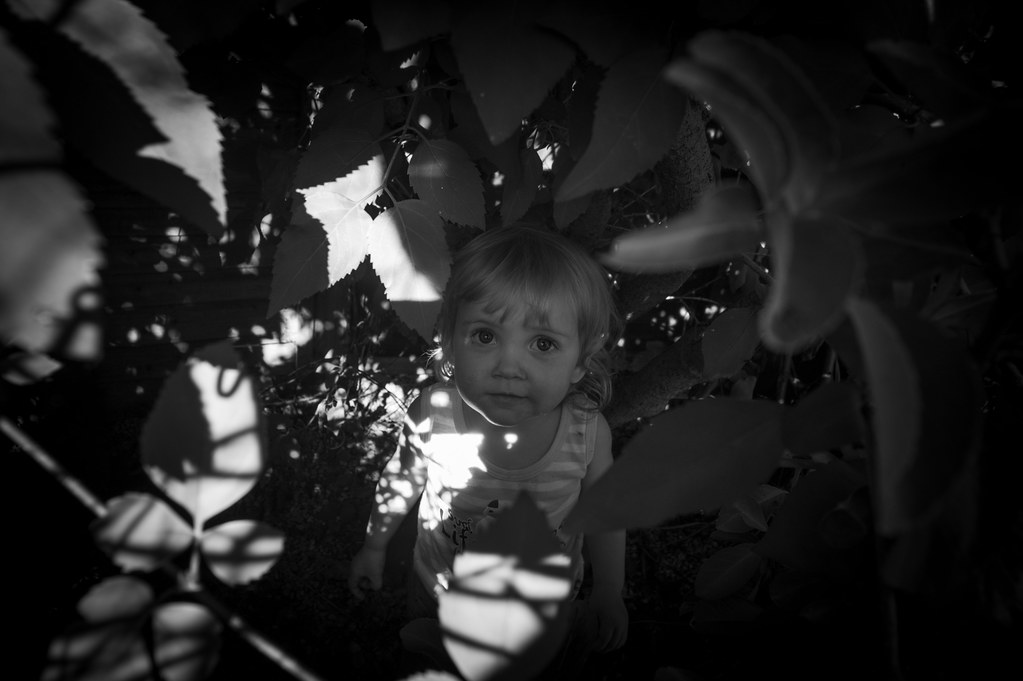


A few more shots from a roll of HP5…
…I forgot about when I published the review
Skip to the end
I must admit, I’ve found myself somewhat taken in by this lens. It ticks a whole load of boxes for me, and has landed in my possession at a time that I’ve found myself very impressionable when it comes to this sort of glass. For one, it has enough of a unique look to its rendering to remind me of the positive experiences I had with the Lomo LC-Wide, but at the same time it also entirely lacks distortion – which being as I enjoy a bit of architectural photography, has turned out to be quite strongly appealing to me.
Despite setting out looking for a lens that would give me a strong characterful look in a similar way to the LC-Wide does, I’ve not found myself shooting in the same way with it at all. With the Lomo point & shoot in hand I got my best images poking it into gaps in fences and holding it at angles where I couldn’t see through the viewfinder.
Conversely, the last thing I shot with the 20mm Russar+ prior to finishing this review was some photos of a very modern, very nice house and were taken in a much more considered way. These have actually ended up being my favourite images taken with it, mostly because they represent exactly what I think a lens like this is good for.
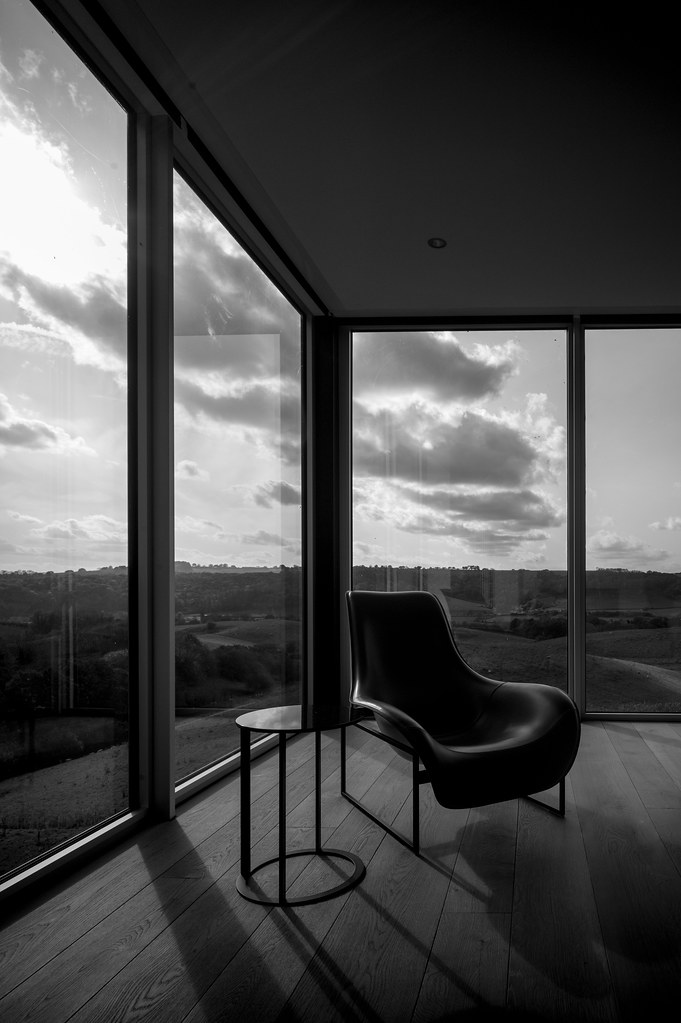
The heavy vignette adds a dramatic feel to the outcome that I can’t help but be drawn in by. Thanks to the fact that I stopped down to f/8 I also achieved pretty good sharpness right into the corners, and with the lens being apparently pretty much entirely immune to distortion the verticals are as they should be too.
I suppose what I’m trying to say is that with the Lomo LC-Wide I took advantage of its strong character through a haphazard approach to photography, but with the 20mm Russar+ I have gained the most enjoyment trying to harness the character of the lens in a more considered way. I guess this comes with a little of the mentality I attach to shooting with my Leica cameras.
In the time I’ve had with it, I just regret not making more time to shoot more architecture with it – I have a strong feeling that I could harness that strong flare and vignetting to interesting effect. Saying that, the lack of included viewfinder would probably become more frustrating the more I shot it for architecture -if you have good enough eye for such things, you will be able to see that the above photo had to be corrected in lightroom thanks to me not being able to frame very well with the 24mm finder I used.
So what is the attraction?
Hopefully I’ve made my personal attraction to this lens fairly clear. The 20mm Russar+ is far from perfect across all the ways it can be measured objectively. As such, its appeal is going to be limited to those who don’t seek out perfection in their glass. Instead, like many of my favoured lenses, the 20mm Russar+ is aimed squarely at those who like a bit of character. What’s really interesting about the 20mm Russar+ is that where it does have a propensity to a vignette and a lot of flare in the right sort of light, it marries this with a complete lack of distortion, and – at least at f/8 – sharpness right into the corners. As such, the attraction is surely quite obvious, if these are the traits you are looking for in an ultra-wide M-mount lens, the 20mm Russar+ is quite possibly the lens for you!
Cheers for reading,
Hamish
Share this post:
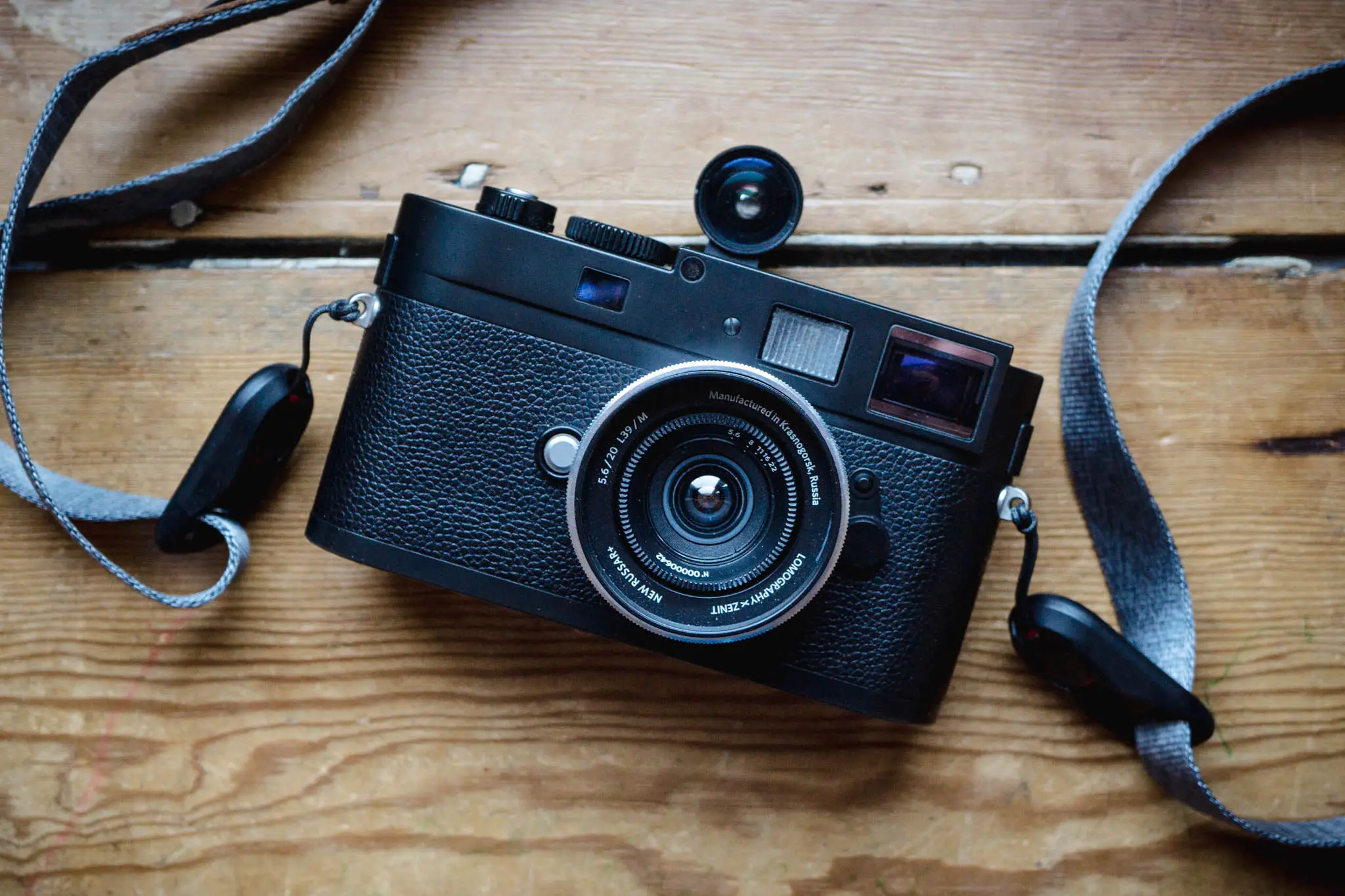
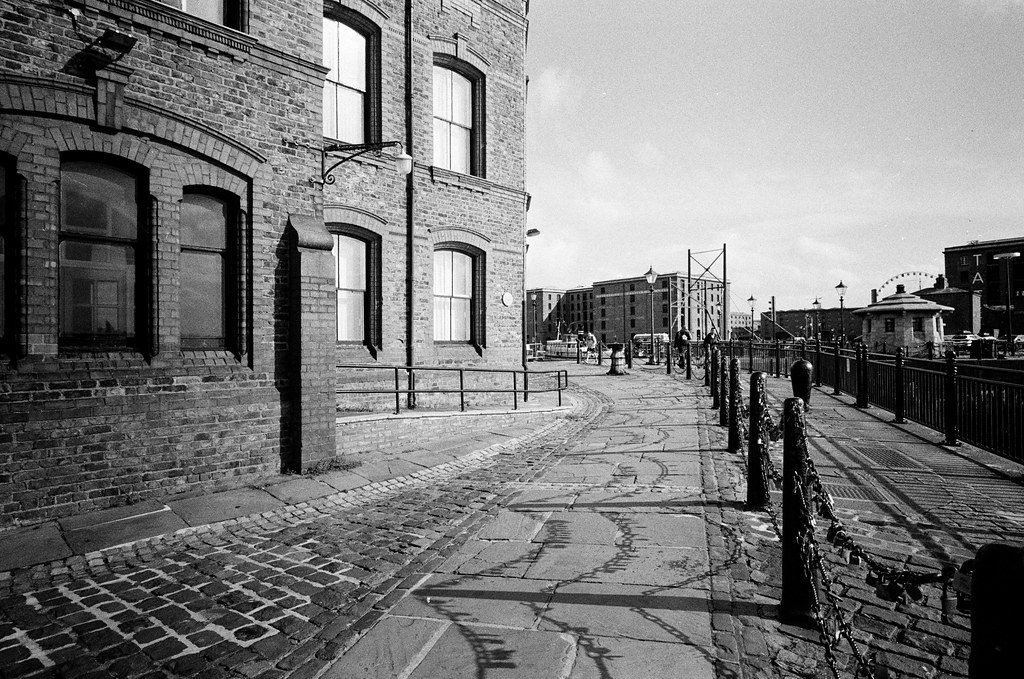
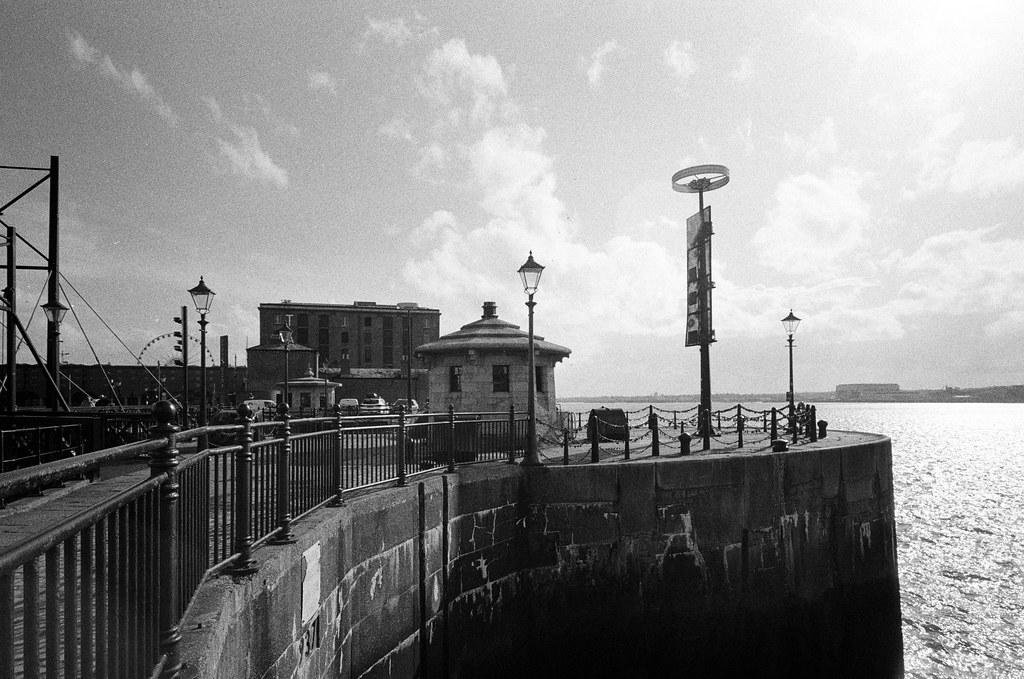
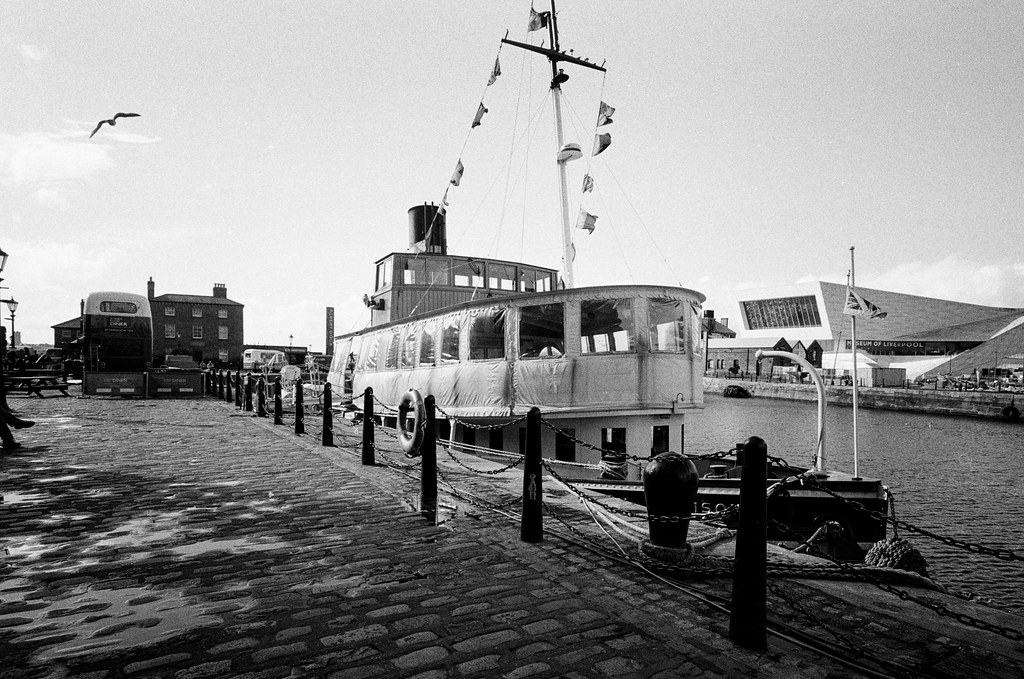
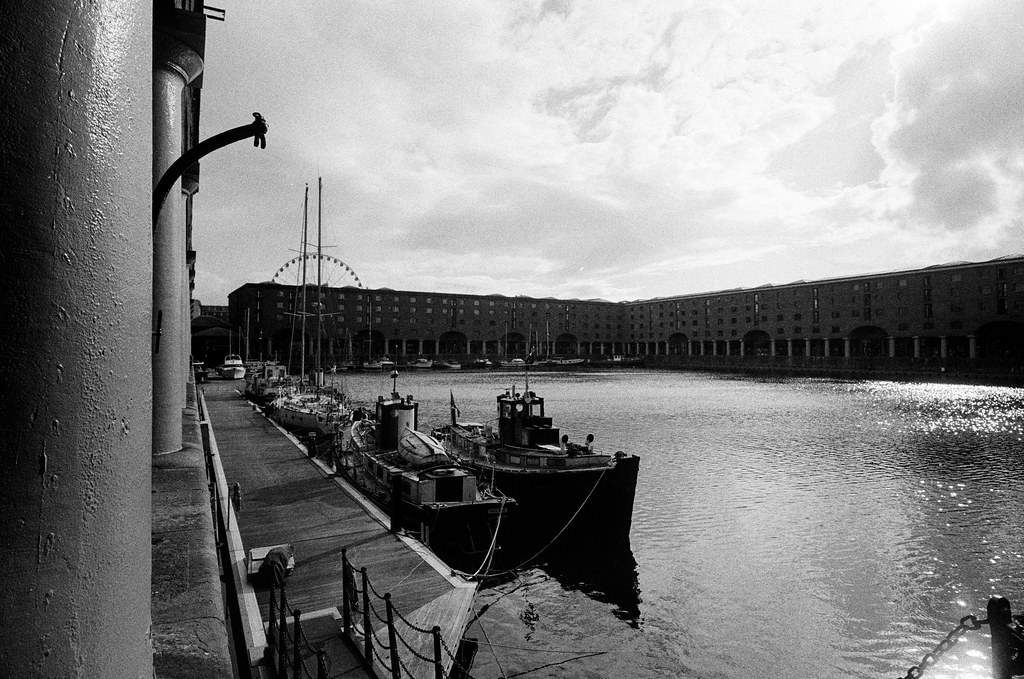
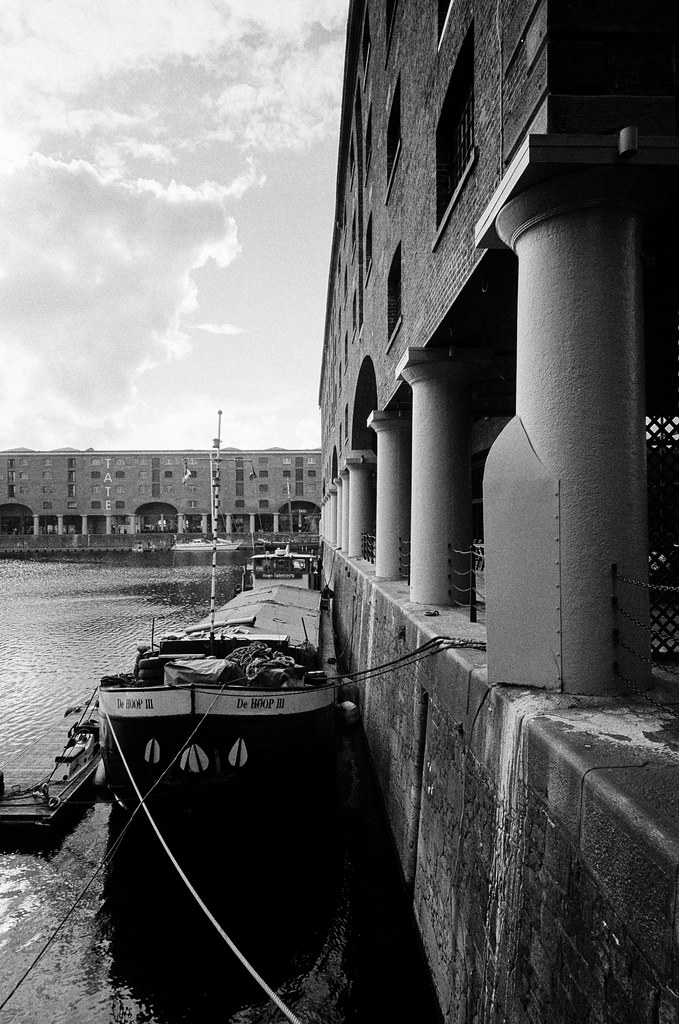
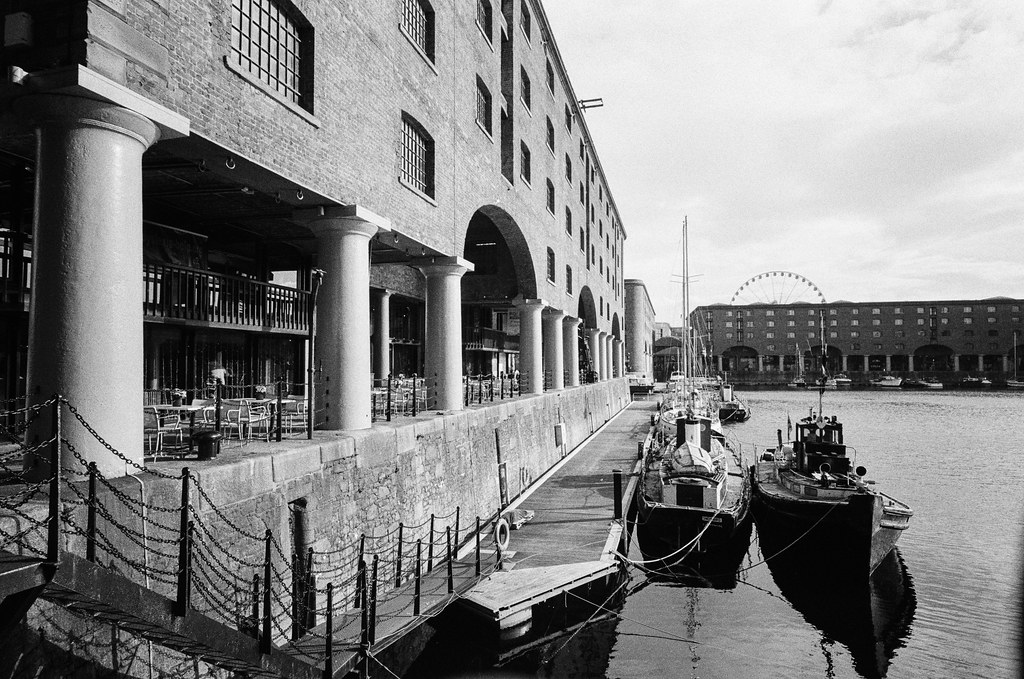
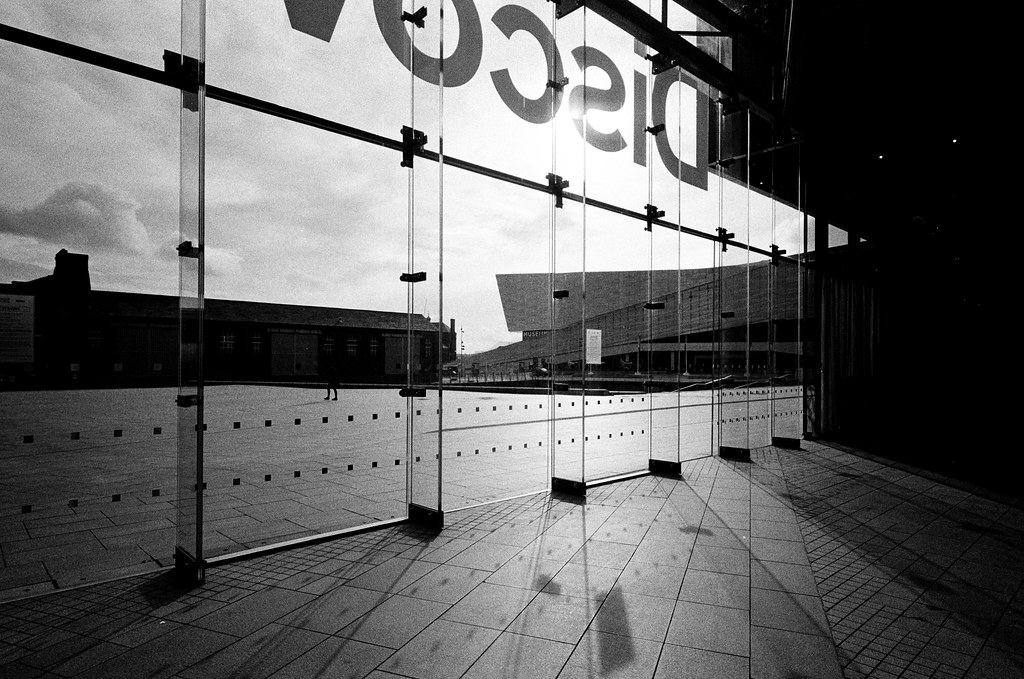








Comments
Stéphane on Lomography 20mm f/5.6 Zenit New Russar+ Review
Comment posted: 22/10/2017
Comment posted: 22/10/2017
Piotr on Lomography 20mm f/5.6 Zenit New Russar+ Review
Comment posted: 22/10/2017
Comment posted: 22/10/2017
Terry B on Lomography 20mm f/5.6 Zenit New Russar+ Review
Comment posted: 23/10/2017
When Lomography first announced this lens and I saw the price, and seeing the prices asked for some of their cameras, I thought this was going to be another rip-off jumping on the bandwagon of the fad for old lenses that seem to dominate the thinking of some photographers for whom bokeh is all important. One only has to see the prices asked for some of these lenses e.g. the Trioplan, to see what I mean. But your review has demonstrated that this lens is indeed a worthy performer in its own right. One can only hope they maintain quality of components and assembly.
Comment posted: 23/10/2017
Ken Hindle-May on Lomography 20mm f/5.6 Zenit New Russar+ Review
Comment posted: 03/11/2017
Comment posted: 03/11/2017
janourda on Lomography 20mm f/5.6 Zenit New Russar+ Review
Comment posted: 07/11/2018
John M on Lomography 20mm f/5.6 Zenit New Russar+ Review
Comment posted: 11/01/2021
Comment posted: 11/01/2021
John M on Lomography 20mm f/5.6 Zenit New Russar+ Review
Comment posted: 13/01/2021
Comment posted: 13/01/2021
Comment posted: 13/01/2021
John Mulligan on Lomography 20mm f/5.6 Zenit New Russar+ Review
Comment posted: 25/01/2021